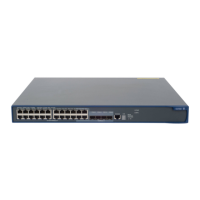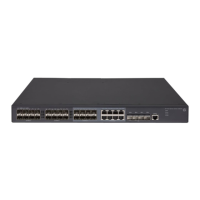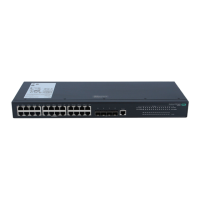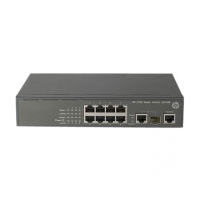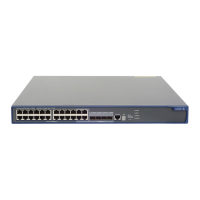167
4. Configure the area authentication mode as MD5 and set the plaintext password to 10Sec on
Router A, Router B, and Router C.
[RouterA] isis 1
[RouterA-isis-1] area-authentication-mode md5 plain 10Sec
[RouterA-isis-1] quit
[RouterB] isis 1
[RouterB-isis-1] area-authentication-mode md5 plain 10Sec
[RouterB-isis-1] quit
[RouterC] isis 1
[RouterC-isis-1] area-authentication-mode md5 plain 10Sec
[RouterC-isis-1] quit
5. Configure routing domain authentication mode as MD5 and set the plaintext password to
1020Sec on Router C and Router D.
[RouterC] isis 1
[RouterC-isis-1] domain-authentication-mode md5 plain 1020Sec
[RouterC-isis-1] quit
[RouterD] isis 1
[RouterD-isis-1] domain-authentication-mode md5 plain 1020Sec
IS-IS GR configuration example
Network requirements
As shown in Figure 44, Router A, Router B, and Router C belong to the same IS-IS routing domain. Run
IS-IS on all the routers to interconnect them with each other.
Figure 44 Network diagram
Configuration procedure
1. Configure the IP addresses and subnet masks for interfaces on the routers. (Details not shown.)
2. Configure IS-IS on the routers to make sure Router A, Router B, and Router C can communicate with
each other at Layer 3 and dynamic route update can be implemented among them with IS-IS.
(Details not shown.)
3. Enable IS-IS GR on Router A.
<RouterA> system-view
[RouterA] isis 1
[RouterA-isis-1] graceful-restart
[RouterA-isis-1] return
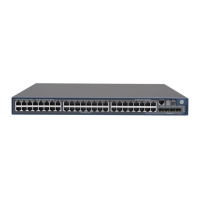
